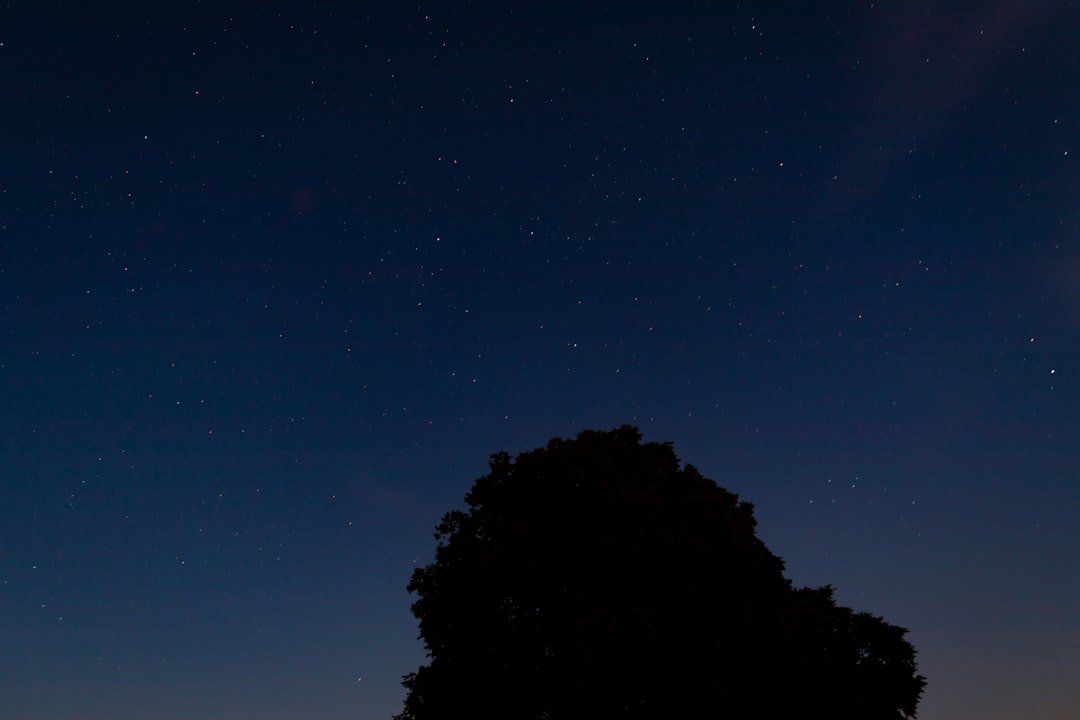What is it about?
Life needs essential biomolecules like amino acids and sugars, which exist as mirror symmetrical pairs, just like your hands. However, life selectively uses only one handedness of the pairs: biological sugars are right and amino acids are left handed in biology. The origins of this symmetry breaking remains to be an open problem and it is this long-standing mystery we address in this work. We propose that spin-polarized electrons ejected from magnetic sediments by UV irradiation can drive chemical reactions breaking the mirror symmetry on early Earth.
Featured Image

Photo by Sangharsh Lohakare on Unsplash
Why is it important?
Our proposal takes advantage of the already established coupling of electron spin to molecular chirality and it places this coupling into a plausible prebiotic context. We suggest synthesizing enantiomeric excess and doing so as early as possible in prebiotic chemistry such that the chemical yields are preserved. We propose breaking the chiral symmetry at room temperature and in solution, therefore in dirty, realistic prebiotic settings that likely existed on the early Earth. Moreover, we propose a specific chemical reaction and a set of experiments to test our hypothesis.
Perspectives
I am really fascinated by life's origins and the homochirality problem is one of the greatest mysteries in the origins of life research. First noticed by Louis Pasteur more than a century ago, biological homochirality is a fascinating phenomenon linking the physical aspects of nature to life as we know it. Being a physicist and working on a very interdisciplinary problem, I am hoping to see that a fundamental interaction in physics can give rise to a ubiquitous feature of life on Earth.
Sukru Furkan Ozturk
Harvard University
Read the Original
This page is a summary of: On the origins of life’s homochirality: Inducing enantiomeric excess with spin-polarized electrons, Proceedings of the National Academy of Sciences, July 2022, Proceedings of the National Academy of Sciences,
DOI: 10.1073/pnas.2204765119.
You can read the full text:
Resources
Contributors
The following have contributed to this page










